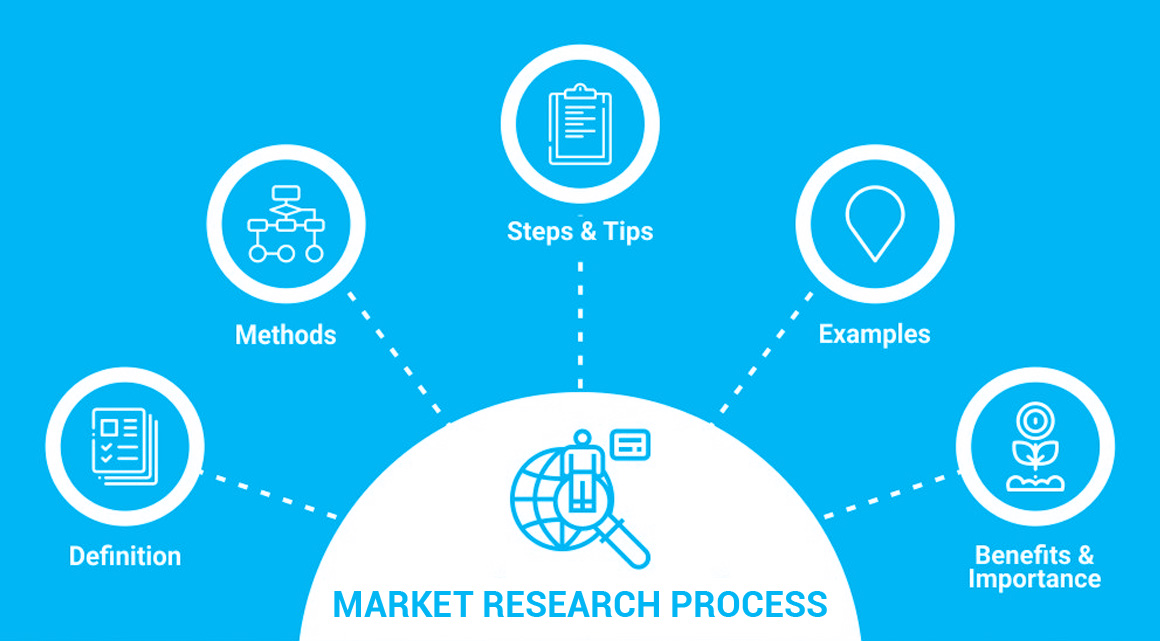
The global market for rheumatoid arthritis treatments is expected to grow at a CAGR of...
Learn More
Our consulting solutions address company specific challenges with respect to micro environment...
Learn More
Organizations frequently need day-today research guidancein order to gain strategic...
Learn More
Exploring different areas of market research and market analysis is a key factor...
Learn MoreAcute Market Reports presents the most extensive global business research services across industries. Our research studies focus on potential outcomes, benefits, and risks associated with each market segment across geographies. Having served our global clients for more than 10 years, our prime priority is to enable our clients in making well-informed business decisions through a data-driven, analytical, and uncomplicated research approach.
We provide access to the world's most comprehensive, analytical, and updated business intelligence services and solutions.




The retrieval-augmented generation market is expected to grow at a CAGR of 31.5% during the forecast period of 2025 to 2033, driven by advancements in natural language processing (NLP) and machine learning technologies. In 2025, the market witnessed ...
Read More
The virtual power plant (VPP) market is a burgeoning sector in the energy industry, offering innovative solutions for grid management and energy generation. The VPP market is expected to grow at a CAGR of 30% during the forecast period of 2025 to 203...
Read More
The payment processing solutions market is expected to grow at a CAGR of 14.1% during the forecast period of 2025 to 2033, driven by rapid digitalization, the increasing popularity of online and mobile payments, and the growing need for secure, conve...
Read More




